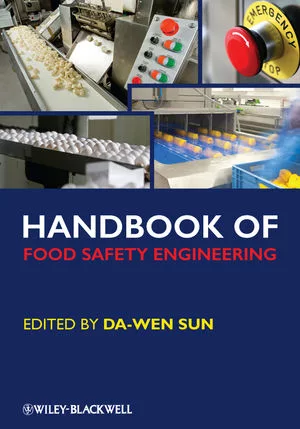Four Myths about Onboarding Technical Leaders

Credit: Edwin Tan/E+ via Getty Images
Pop the champagne! Your acceptance letter has been signed for a technical role in the food industry. Now starts the flurry of activity as you look ahead to a new, exciting adventure.
It is akin to starting college—the planning, the excitement, the figuring-things-out stage until you arrive on campus. After unpacking, you are invited to a one- or two-day orientation, and then you are left to figure out college on your own. Homework, making friends, figuring out a new schedule, and interacting with professors is not always intuitive, no matter how successful you were before college.
In food safety and quality, starting a new role can feel like starting college. Typically, there are new people to meet, new processes to learn, and new systems to understand. Even for the most confident person, all of those changes can have star performers second-guessing their work and feeling vulnerable. Without a solid plan for success, the excitement fizzles as the workload piles up.
Consider that at least 60% of companies fail to set milestones or goals for new hires, and only 37% of companies have onboarding programs that extend past the first month.1 Given that "Success or failure during the first few months is a strong predictor of overall success or failure in the job,"2 if success is not in the cards, it leads to negatives like turnover and decreased engagement. These negatives ultimately hit the company's bottom line.
This leads to the question: Why is solid onboarding not used as a standard practice to set people up for success? Over the past several years of working with clients to onboard technical leaders in the food industry, the authors have identified a number of recurring myths that seem to answer this question. We refer to these as the Four Myths:
- Myth 1: Technical leaders already know what to do. It is a vote of confidence that technical training is valued in a new organization. However, technical training does not mean that someone automatically knows how to set up a document control system, how to interact with the cranky purchasing manager, or the answer to any given question. If it is assumed that a new technical leader already knows what to do, then systems may fail despite the new leader's best efforts.
- Myth 2: Onboarding takes too much time. The best onboarding programs are like eating an elephant. While they are big, they need to be completed one bite at a time. In reality, there is only so much information humans can take in at a given time. Metering out onboarding activities allows new hires to build upon each new piece of information, digest it, and then apply it, leading to greater overall success.
- Myth 3: There is inadequate time for onboarding. Hiring managers should think of themselves as general contractors; they need to coordinate who can best support the success of their new hire. Best-in-class onboarding programs will involve many people from different areas of the organization to get familiar with other parts of the business. Using this approach, relationships are built, and the workload is spread across teams.
- Myth 4: It costs too much. How much does it cost to not invest in onboarding? Setting up people for success is a good cost of quality. If the investment is not made upfront, then the payment will come due later.
In summary, the Four Myths about onboarding technical leaders are busted. It is clear that there are more benefits than drawbacks to providing solid onboarding plans to set up people for success. On top of this, it makes financial sense to invest in people from day one to avoid the hidden costs that come from things like turnover and disengaged employees. After all, people are the greatest asset to any organization.
References
- Clickboarding. "18 Jaw Dropping Onboarding Stats You Need to Know." 2021. https://www.clickboarding.com/18-jaw-dropping-onboarding-stats-you-need-to-know/
- Watkins, Michael D. The First 90 Days. Boston, Massachusetts: Harvard Business School Publishing, 2013.
Looking for quick answers on food safety topics?
Try Ask FSM, our new smart AI search tool.
Ask FSM →









